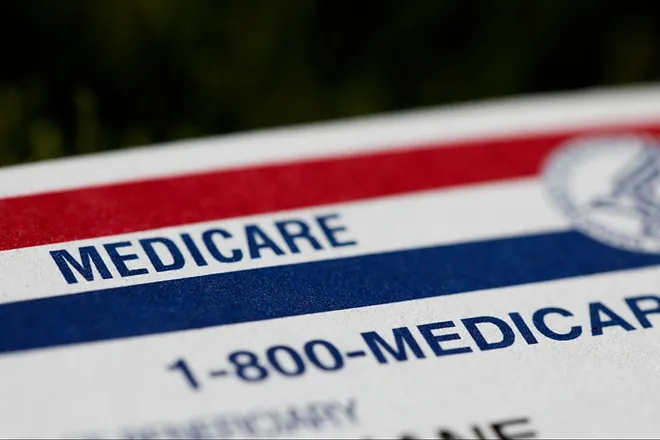Understanding SSDI Medicare Eligibility: Requirements and Costs Explained
According to Marca, If you’re receiving Social Security Disability Income (SSDI), you may either already have Medicare or be waiting for your 24-month qualifying period to end. But don’t worry—there are options for health coverage whether you’re in the waiting period or already covered by Medicare.
Understanding Your Medicare Coverage
“If you’re already on SSDI and have Medicare, you’re good to go under the health care law. No need to worry about any penalties for not having coverage,” reassures the Social Security Administration (SSA). Essentially, once you’re on Medicare, you’re set and can rest easy knowing you’ve met your health coverage requirements.
However, if you’re thinking about adding a Marketplace plan to supplement your Medicare, unfortunately, that’s not allowed. But there’s a workaround. If you enrolled in a Marketplace plan before your Medicare coverage began, you can keep the plan as supplemental insurance. Just keep in mind, if you decide to keep it, you’ll lose any premium tax credits or savings you previously received on your Marketplace plan.
Exploring Medicaid Options During the Waiting Period
For those still in the 24-month waiting period before Medicare begins, there’s some good news: you might be eligible for Medicaid. You can apply for Medicaid either through the Marketplace or directly with your state’s Medicaid agency.
According to the SSA, “Just answer ‘yes’ when asked if you have a disability, and we’ll forward your application to your state Medicaid agency.” If approved for Medicaid, your coverage might continue even after Medicare starts, giving you peace of mind knowing you’ll be covered through the transition.
Options for Coverage During the Waiting Period
Now, what happens if you don’t qualify for Medicaid? Don’t stress—you could still enroll in a private health plan through the Marketplace while waiting for Medicare to begin. Depending on your income and household size, you might qualify for lower premiums and reduced costs on Marketplace coverage.
“It’s important to explore all your options and see what works best for your situation,” says healthcare advocate Sarah. “Whether it’s Medicaid, Medicare, or a private plan through the Marketplace, there are plenty of choices to help you get the coverage you need.”
Exceptions to the Waiting Period
Another key thing to remember is that if you’re receiving SSDI, there are some exceptions to the typical 24-month waiting period for Medicare. For example, if you have amyotrophic lateral sclerosis (ALS) or end-stage renal disease (ESRD), you can get Medicare coverage faster. In the case of ALS, you’re enrolled in Medicare the first month you receive SSDI. For ESRD, Medicare typically starts after three months of dialysis.
Additionally, if you’re working while receiving SSDI, you can keep your Medicare coverage for at least 93 months (almost eight years), as long as your disabling condition continues. This means you won’t have to choose between working and keeping your health insurance, a relief for many SSDI recipients.
“Medicare is a lifeline for many older adults and people with disabilities,” says one Medicare beneficiary. “It’s a huge relief to know that we have this kind of support when we need it.” Another beneficiary added, “I was worried about losing my health insurance when I went back to work, but knowing I can still get Medicare coverage for at least 93 months really eases my mind.”
Understanding Medicare Costs
The cost of Medicare disability coverage varies depending on the part of Medicare and your personal situation.
In 2024, Medicare Part A has a $1,632 deductible per benefit period. After that, days 1-60 of hospitalization are fully covered. For days 61-90, you’ll pay $408 per day, and $816 per day after day 91 until you use up your 60 lifetime reserve days. After that, all costs are out-of-pocket.
For Medicare Part B, the standard premium is $174.70 per month, deducted from your SSDI check, with a $240 deductible. After meeting it, some services are fully covered, while others require a 20% co-pay.






